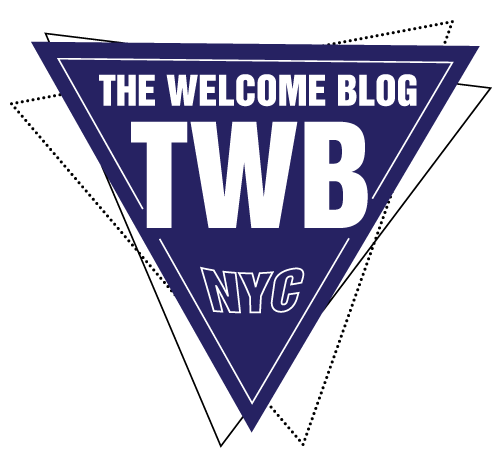Fall In The Deserts
Chasing the Fall in the Southwestern deserts with Alex Strohl and Andrea Dabene.
THE SOUTHWESTERN DESERTS
EXPLORING THE DESERTS
There are four true deserts in the US (see map below); Great Basin, Mojave, Sonoran and Chihuahuan, all conforming to the basic definition of a desert as being a place of very low rainfall and restricted plant life. Of these, the former is a predominantly cold desert, receiving much snow in winter, and many parts are not much different in appearance to some of the adjoining lands. The other three are hot for most of the year and more closely resemble a desert of popular imagination, containing large areas with very little plant life, just sand and barren rocks, or sparse grassland, often mixed with many types of cactus.
Outside these four large areas are other regions sometimes considered to be a desert but receiving too much rainfall to match the strict definition, and these include the Colorado Plateau of north Arizona and south Utah. Additionally there are several places named as a desert that again do not strictly qualify such as the Red Desert of southwest Wyoming, the Painted Desert of Arizona or the Escalante and San Rafael deserts of south Utah, while other named deserts fall within the larger regions, for example Black Rock Desert in the Great Basin, or Lechuguilla Desert in the Sonoran.
Southwestern deserts of the United States of America
The Great Basin Desert is largest in area, covering southeast Oregon, a small portion of northeast California, most of west Utah, part of southeast Idaho, and the majority of Nevada - all except the southernmost 150 miles which are within the Mojave Desert, and some northern mountain ranges bordering Idaho. All this land is characterized by long, thin, parallel mountain ridges running north-south, separated by wider valleys, often containing dry lake beds (playas) or salt basins. The few rivers run inwards, with no outlet to the ocean; their waters ultimately either sink below ground or evaporate.
The Great Basin desert
Great Basin National Park and Golden Spike National Historic Site are the only NPS units in this vast region, all of which is lightly settled and has few spectacular natural attractions but does contain many smaller sites of interest like hot springs, volcanic remains, ghost towns, old mines and peaks up to 13,000 feet, plus many scenic drives. These passing scenery that while often not very desert-like in the traditional sense, is suitably empty and desolate.
Mojave desert
The Mojave Desert covers the southernmost 150 miles of Nevada, a tiny area of southwest Utah, lower elevation regions of northwest Arizona (bordering the Colorado River) and most of southeast California. The topography is generally similar to the Great Basin, with isolated mountains and wide, flat plains, but temperatures are hotter, vegetation sparser, and the hills are less numerous. Las Vegas is the one major city in this region, which includes some of California's most famous parks, namely Death Valley, Mojave, Anza Borrego and the northern half of Joshua Tree, together with some lesser known places like Pinnacles National Natural Landmark, Rainbow Basin, Red Rock Canyon, a long stretch of former Route 66 and Saddleback Butte.
Nevada attractions within the Mojave Desert are Lake Mead, Red Rock Canyon NCA, Tule Springs Fossil Beds National Monument, Valley of Fire State Park, Whitney Pockets and Ash Meadows NWR, while Utah has the Sand Hollow & Snow Canyon state parks, and Arizona includes the Beaver Dam Mountains Wilderness, Lake Havasu and a scenic section of old Route 66. The most recognizable plant of the Mojave is the Joshua tree; cacti are not so numerous but still include multiple species of species.
The Sonoran Desert of south-west Arizona and the south-eastern tip of California
The Sonoran Desert of south-west Arizona and the south-eastern tip of California has perhaps the most archetypal desert scenery in the Southwest, with vast flat plains and abundant cacti, especially the giant saguaro, which occurs most densely in Arizona towards the higher elevation reaches of the desert, between 1,500 and 3,500 feet. The desert is itself divided into subregions including the Colorado and Yuha deserts of California, the Yuma Desert of far southwest Arizona and the Arizona desert further east. It continues a long way south into Mexico, nearly 500 miles down the east side of the Gulf of California. Much of the Sonoran Desert is protected, either as BLM or NPS preserves, although other large stretches are part of military reservations. Major cities are Phoenix, Tucson, Yuma, Palm Springs (at the western edge) and El Centro.
The Chihuahuan Dunes
The Chihuahuan Desert is the second largest in the US, and also extends a long way into Mexico. It covers the southern third of New Mexico, excluding several mountain ranges, and all of far west Texas, west of a line between Del Rio and Monahans. Elevations are generally higher than in the Sonoran Desert (2,000 to 6,000 feet), and precipitation is a little greater, with most rain falling during the summer thunderstorm season. Cacti are still quite numerous but are generally smaller than to the west; instead, the dominant plants are yucca and agave, though even so, as with many other desert regions, large areas have only the ubiquitous creosote bushes and mesquite trees. El Paso is the largest city, while other major settlements are Las Cruces, Roswell and Pecos.
The Chihuahuan Desert is the second largest in the US, and also extends a long way into Mexico.






